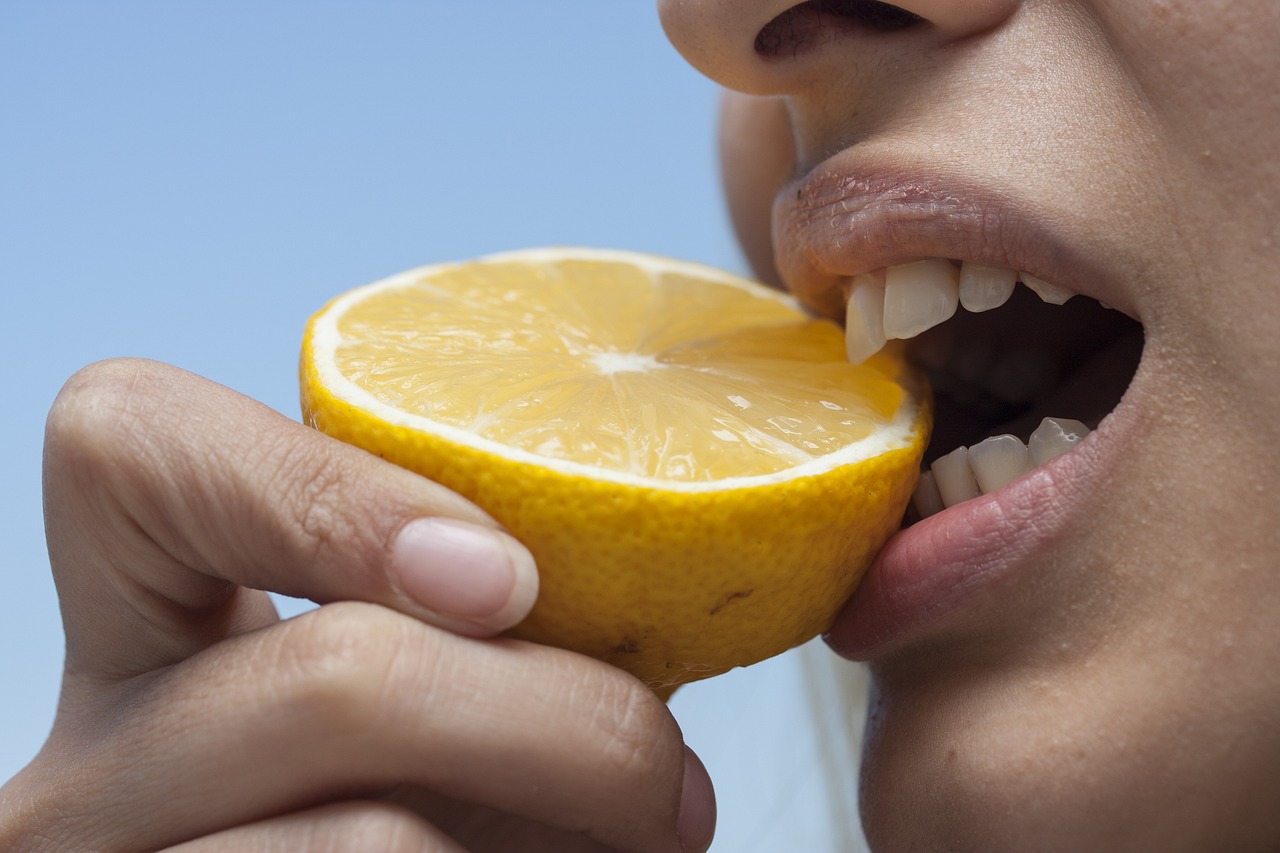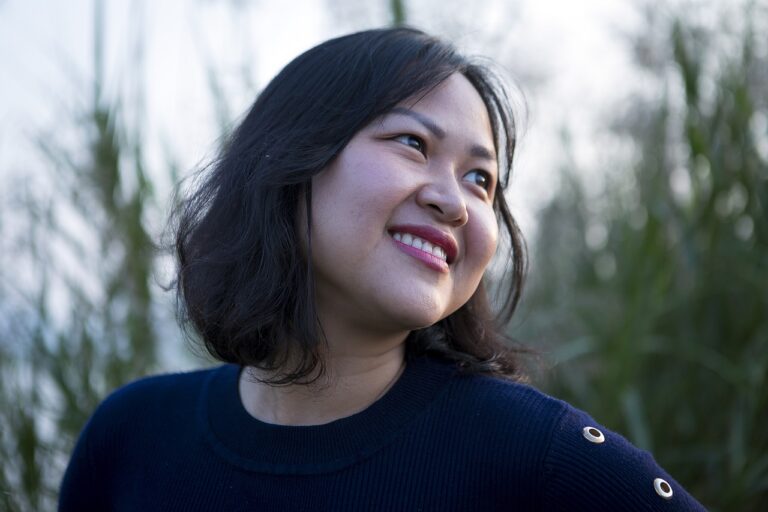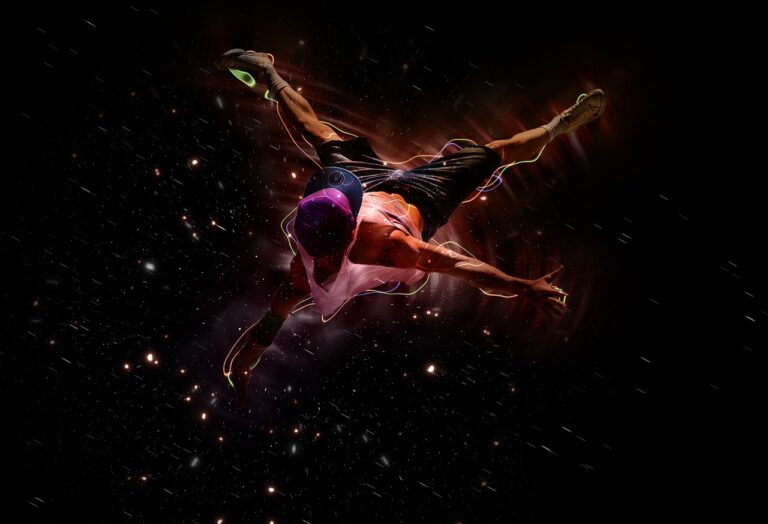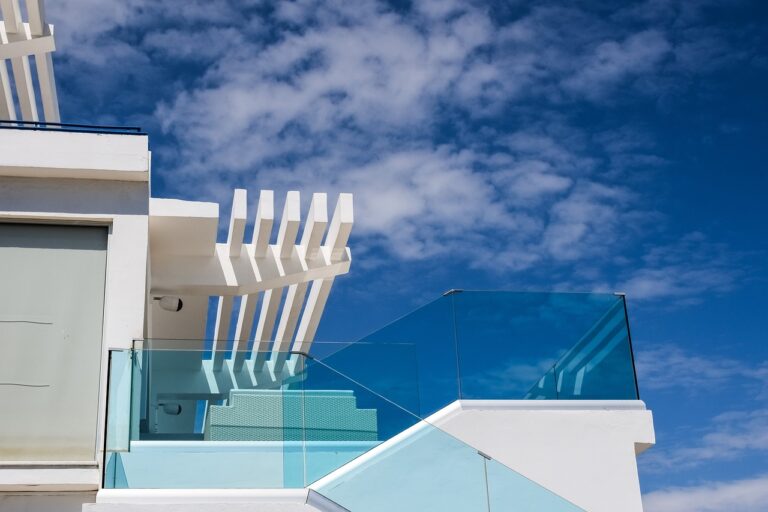The Psychology of Color: How Different Hues Influence Mood and Behavior
Color is all around us, influencing our emotions, behaviors, and perceptions in ways we may not even realize. From the bright red of a stop sign to the calming blue of a serene ocean, colors evoke powerful responses in our brains. But how exactly do different hues affect our mood and behavior? Let’s explore the fascinating world of color psychology and uncover the secrets behind our emotional reactions to various shades.
The Science Behind Color Psychology
Color psychology is a branch of psychology that studies how different colors impact human behavior and emotions. This field of study has been around for centuries, with ancient civilizations using colors to convey messages and evoke specific feelings. From the calming effects of green to the energizing properties of yellow, each color has a unique psychological impact on our minds.
The Influence of Different Colors
Red
Red is often associated with passion, excitement, and energy. This bold hue can increase heart rate and blood pressure, making it a stimulating color that commands attention. In marketing, red is often used to create a sense of urgency or excitement, making it a popular choice for sales and promotions.
Blue
Blue is known for its calming and soothing properties. This serene hue is often used in healthcare settings to promote relaxation and comfort. In marketing, blue is often used to convey trustworthiness and reliability, making it a popular choice for banks and financial institutions.
Yellow
Yellow is a bright and cheerful color that can evoke feelings of happiness and positivity. This vibrant hue is often used to grab attention and create a sense of urgency. In marketing, yellow is commonly used to promote sales and discounts, as it can create a sense of excitement and energy.
Green
Green is associated with nature, growth, and harmony. This calming color is often used to promote balance and relaxation. In marketing, green is used to convey a sense of health and wellness, making it a popular choice for organic and eco-friendly brands.
Purple
Purple is a regal color associated with luxury, creativity, and spirituality. This mysterious hue is often used to evoke a sense of elegance and sophistication. In marketing, purple is used to target a niche audience seeking a unique and creative experience.
Orange
Orange is a vibrant and energetic color that can evoke feelings of enthusiasm and excitement. This bold hue is often used to create a sense of warmth and comfort. In marketing, orange is used to create a sense of fun and playfulness, making it a popular choice for children’s products and entertainment brands.
Applying Color Psychology in Design
Understanding the psychological impact of colors can help designers create more effective and engaging designs. By strategically using colors that align with the desired mood or behavior, designers can evoke specific emotions and guide the viewer’s experience. Whether designing a website, branding a product, or creating a logo, color psychology plays a crucial role in influencing consumer perceptions and behaviors.
FAQs
What is color psychology?
Color psychology is a branch of psychology that studies how different colors impact human behavior and emotions. This field of study explores the psychological effects of various hues on our mood, perception, and behavior.
How can I apply color psychology in my daily life?
Whether choosing the color scheme for your home, selecting clothing for a job interview, or creating a presentation for work, understanding the psychological impact of colors can help you make more informed decisions. By selecting colors that align with your goals and intentions, you can influence how others perceive you and create the desired mood or atmosphere.
Can colors affect productivity and creativity?
Yes, colors can have a significant impact on productivity and creativity. Studies have shown that certain colors can promote focus and concentration, while others can spark creativity and innovation. By incorporating the right colors into your workspace or creative projects, you can enhance your mental performance and boost your overall effectiveness.
Is color preference subjective or universal?
Color preference is a combination of subjective and universal factors. While individual preferences for specific colors may vary, certain universal associations with colors exist across cultures and societies. For example, red is often associated with passion and energy, while blue is linked to calmness and serenity. Understanding these universal color associations can help you communicate more effectively with others and create cohesive designs that resonate with a wide audience.
By harnessing the power of color psychology, we can create environments that promote well-being, enhance communication, and influence behavior. Whether designing a space, marketing a product, or expressing ourselves creatively, colors play a crucial role in shaping our experiences and perceptions. So next time you reach for that red dress or paint your walls blue, consider the psychological impact of your color choices and embrace the transformative power of hues.







